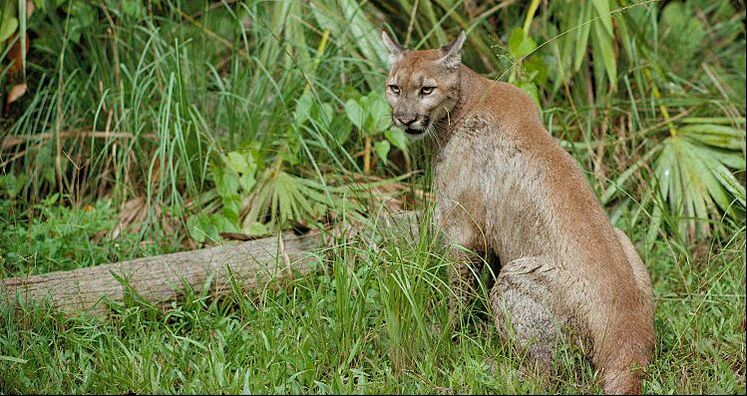|
This blog post was originally published by Columbia Science Review in November 2014. By Alexandra L. DeCandia Humans have a talent for disrupting natural processes. Through the overharvest of species and inundation of landscapes with highways and suburbs, we’ve continuously rendered wild populations small and fragmented. Compared to larger, outbred populations, these communities exhibit higher rates of inbreeding. If their circumstances do not improve, inbreeding depression, or reduced reproductive fitness, may lock these populations in “extinction vortices,” whereby genetic and demographic declines work synergistically towards ultimate extinction. Luckily, it is possible to escape this vortex. “Genetic rescue,” a more positive example of human disruption, has been proposed as means of mitigating inbreeding depression. It occurs when immigrants into a small population drastically improve overall fitness beyond theoretical predictions. These immigrants inject genetic diversity into ailing populations and thereby reduce their genetic load by disrupting homozygous deleterious alleles. This enables population expansion and improved fitness, overall. As a management strategy, genetic rescue can be achieved in two ways: (1) facilitating natural gene flow through improved connectivity between fragmented populations, and (2) artificially translocating immigrants into an inbred population. The management of Mexican wolves presents an example of the first strategy. Mexican wolves (Canis lupus baileyi) are the most genetically distinct descendants of the North American gray wolf. Due to habitat loss and human hunting throughout the 19th and 20th centuries, these once abundant carnivores were reduced to seven captive individuals by the mid-20th century. Unsurprisingly, signs of inbreeding depression appeared in reintroduced populations as a result of founder effects and geographic isolation. To prevent further declines, conservation geneticists combined population viability analysis with topographic data to propose a series of corridors between the introduced populations. Increased connectivity, when combined with Mexican wolves’ dispersal capabilities, now facilitates natural gene flow between populations. Alternatively, the second management strategy, translocation, artificially transports foreign gametes or individuals into inbred populations. Source populations for these organisms include other wild populations (e.g. California bighorn sheep), captive populations (e.g. Houbara bustard), and wild populations of different subspecies (e.g. Florida panther). Genetically distinct, translocated individuals deposit variation from their source populations into those suffering from inbreeding depression. Occasionally, translocations even possess specific genotypic aims. In the case of the American chestnut (Castanea dentata), for example, conservation geneticists sought to imbue the once widespread species with genetic resistance to blight fungus. Through hybridization with the Chinese chestnut (C. mollissima) and repeated backcrossing with resistant American chestnuts, the species was able to maintain unique morphologies alongside appropriated fungal-resistance. While successful in the aforementioned cases, genetic rescue should not be considered a panacea for all species suffering from heavy genetic loads. As genetic management of wild populations remains relatively novel, few studies document its long-term effects. In some cases, the intentional hybridization of divergent populations can render hybrids and their offspring maladapted to a particular environment, a phenomenon termed outbreeding depression. These fitness reductions may even increase pathogen susceptibility, as was documented in an experimental crossing of two genetically distinct populations of largemouth bass (Micropterus salmoides). As a result, the decision to implement genetic rescue through connectivity or translocation becomes a cost-benefit analysis of the relative risks associated with inbreeding and outbreeding depression. What’s more, if the ultimate causes of a population’s decline are not removed, no number of translocations will be able to sustain the species in perpetuity. Despite these limitations, however, genetic rescue has proven a viable management strategy for highly inbred populations. Without it, the world would risk losing greater prairie chickens, Swedish adders, black-footed ferrets, freshwater mussels, South Island robins, golden lion tamarins, and a number of other species. Through improving connectivity and managing translocations of captive and wild individuals, humans are attempting to undo some of the damage we have inflicted upon the natural world. We are doing our part to aid in the escape from extinction vortices. |
AboutWelcome to the EEBlog! This page links to blog posts DeCandia lab members have written about wildlife conservation & the environment. It also includes posts written for other outreach platforms. Please see linked websites for original versions, when applicable. Archives
February 2021
|

